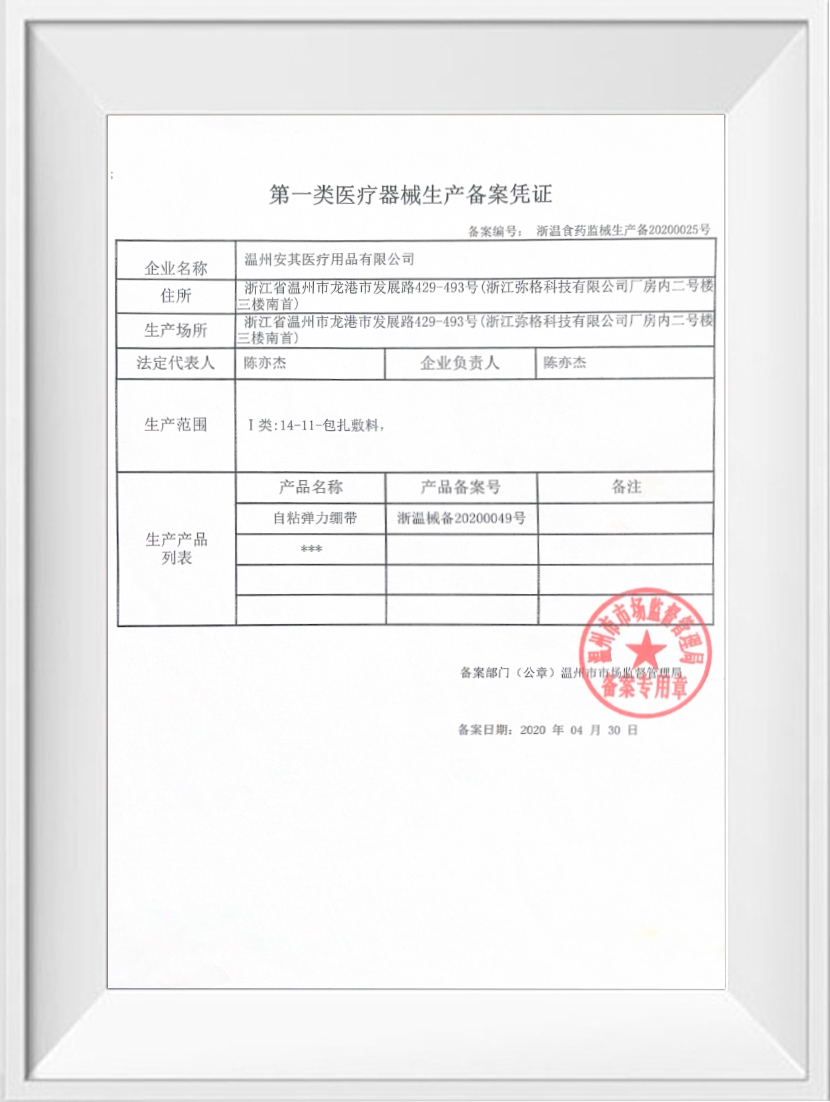Web Menu
Product Search
Exit Menu
We provide quality products and services to customers from all over the world.
How Does the Adhesion of Muscle Bandage Tape Affect Its Performance?
When evaluating the performance of any muscle support product, one of the overlooked yet essential factors is adhesion. The adhesion of muscle bandage tape directly influences how well it stays in place during physical activity, how long it provides support, and how comfortable it feels on the skin. Without adequate adhesion, even the technically advanced muscle bandage tape may underperform.

The primary function of muscle bandage tape is to provide support to muscles and joints while allowing for mobility. For it to work effectively, the tape must maintain contact with the skin over an extended period, sometimes through movement, sweating, or even exposure to water. Adhesion ensures that the tape remains fixed in the correct position, targeting specific muscle groups or joints without shifting or peeling away.
Poor adhesion can cause the tape to roll, slip, or detach during use, which may reduce its supportive function or interfere with proper movement patterns. This is especially problematic during sports or intense training, where maintaining structural support is critical. On the other hand, if the adhesive is too aggressive, it can skin irritation or discomfort, particularly for individuals with sensitive skin.
High-quality muscle bandage tape strikes a balance: it adheres strongly enough to withstand physical activity and moisture but is also breathable and gentle upon removal. Some tapes feature hypoallergenic adhesives, which minimize the risk of skin reactions while maintaining performance.
Ultimately, adhesion is not just a secondary feature—it is central to the reliability and effectiveness of muscle bandage tape. Athletes and healthcare professionals should always consider the adhesive quality when selecting a tape to ensure that it provides consistent, comfortable, and functional support.
Knee injuries and strain are common across many sports, and maintaining knee stability is crucial for both prevention and recovery. Athletic sports tape for knee support has become a widely used tool among athletes, physical therapists, and trainers. When applied correctly, it can offer targeted support, reduce discomfort, and enhance performance during activity.
Athletic sports tape for knee support is generally made from either rigid or elastic material. Rigid tape is typically used to restrict movement, especially in the case of ligament injuries or post-surgical support. Elastic or kinesiology-style tape, on the other hand, allows for mobility while still providing structural assistance. Choosing between these types depends on the specific needs of the user—whether they are dealing with a recovery phase, chronic instability, or simply seeking preventive support during workouts.
Proper application is essential. The tape must follow the natural contours of the knee and the muscles surrounding it, often forming patterns that support the patella or reinforce the tendons. Poor application can insufficient support or even hinder movement. It is often recommended to consult a healthcare professional or use pre-cut strips and follow instructions closely for effectiveness.
One of the main benefits of athletic sports tape for knee support is its versatility. It can be worn during training, competition, or throughout the day during recovery. Many modern tapes are sweat-resistant and breathable, making them suitable for extended wear without causing irritation or discomfort. However, it's important to monitor skin condition, especially with frequent or long-term use.
Keep In Touch
No.455 New Town Development Road,Longgang City, Wenzhou City
Copyright © Wenzhou Anqi Medical Supplies Co., Ltd. All Rights Reserved.
Approval No: Zhejiang Wenzhou Food and Drug Administration Machinery Production Filing No. 20200025
The information provided on this website is intended for use only in countries and jurisdictions outside of the People's Republic of China.

 English
English русский
русский 中文简体
中文简体 Español
Español Deutsch
Deutsch عربى
عربى

